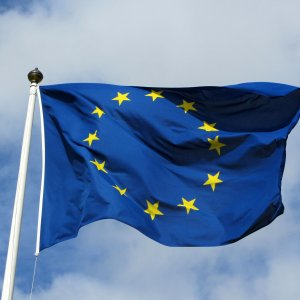
Stance Against Deep-Sea Mining to Be Voiced at the UN
 By Paloma Duran | Journalist and Industry Analyst -
Wed, 06/29/2022 - 17:21
By Paloma Duran | Journalist and Industry Analyst -
Wed, 06/29/2022 - 17:21
While deep-sea mining represents an opportunity to supply more much-needed metals to the global market, its ban will be promoted at a United Nations (UN) conference due to the developing practice’s potential to cause environmental disasters. If, to the contrary, its development was further promoted, Mexico could be a key player and beneficiary of deep-sea mining, say experts.
From June 27 to July 1, 2022 the second UN Ocean Conference will take place in Lisbon, Portugal. Josep Borrell, High Representative of the EU for Foreign Affairs and Security Policy, and Virginijus Sinkevičius, Commissioner for Environment, Oceans and Fisheries, will present the EU agenda on International Ocean Governance (IOG). This agenda seeks to show the negative impact that deep sea mining will have on the world and the setback it will cause in climate change goals, especially because it will decrease global ocean biodiversity.
The agenda is part of the international effort to ban deep-sea mining until scientific gaps are filled in, to the point where it can be guaranteed that the extraction of gold, copper or rare minerals from the seabed will not have a negative impact on the marine ecosystem.
In addition, the EU will ask other nations to also join these environmental measures to protect marine biodiversity and comply with the 30x30 initiative, which aims to convert 30 percent of the planet's land and oceans into protected areas by 2030. “We need to mobilize our global partners to achieve sustainable ocean management and healthy marine life around the world. Today, we call on all our international partners to drive forward the implementation of our joint commitments and focus on ambitious actions for the ocean ahead of the upcoming COP 15 for biodiversity,” Sinkevičius said in the brief.
The existence of minerals in the deepest part of the ocean has been known since the 1860s. However, more studies are now underway to begin extracting these minerals. The sea floor contains the same minerals found on land, as well minerals that are unique to the ocean such as ferromanganese crusts, polymetallic nodules and sulfide. Deep-sea reserves are estimated to be worth between US$8 trillion and US$16 trillion, as reported by Prospector.
The richest area for marine mining is the Clarion Clipperton Zone (CCZ), which is located in the Eastern Pacific Ocean, between Hawaii and Mexico. Mineral reserves have been estimated to contain 21 billion tons of polymetallic nodules, which contain about 6 billion tons of manganese, 226 million tons of copper, 94 tons of cobalt, which six times more than that found on land and 270 million tons of nickel, which is 100 times the 2019 global production.
While Mexico does not carry out marine mining yet, the country has significant opportunity to do so. The country has oceans on two sides and is located right next to the most prolific region for marine mining. Mexico still does not have a sea mining law. However, Art. 27 of the Constitution and Art. 1, 2 and 10 of the Mining Law regulate maritime-land activities. An initiative was recently sent to Congress to not allow concessions for the exploitation of minerals in the sea because it is feared that it would put marine species at risk. However, Mexico has given some companies permission to explore the CCZ, reported INCYTU.
















